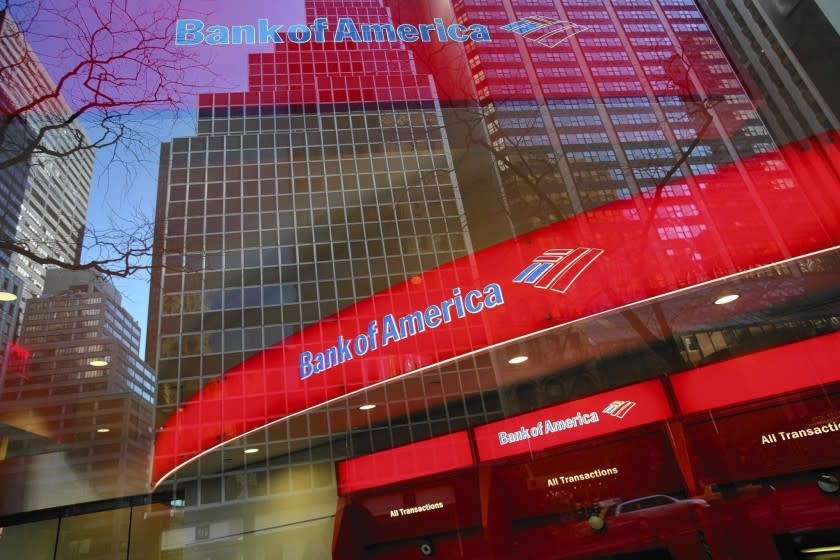These lenders made it confusing for many to get coronavirus mortgage relief, watchdog says

Millions of American homeowners who are eligible for relief under the CARES Act were provided inconsistent or confusing information by more than two dozen banks that hold federally backed mortgages, a federal watchdog has found.
And even after federal officials contacted some of the banks, they failed to change their messaging.
The findings, released in late April by the inspector general's office of the Department of Housing and Urban Development, were from a survey of the websites of 30 financial institutions. The Times obtained the names of the lenders through a public records request.
Among the biggest offenders were Bank of America, MidFirst and Truist, which together hold more than $63 billion in federally backed mortgages.
Under the $2.7-trillion Coronavirus Aid, Relief, and Economic Security Act, homeowners with government-backed mortgages are entitled to 180 days of forbearance and a 180-day extension. The debt is not forgiven but fees would be waived, and policyholders do not need to provide documentation to plead their case.
The rules are clear. But the federal watchdog found that the lenders were not.
Eight of them, including Bank of America, did not have information about forbearance on their public websites at all. At least three banks, including PNC and Fifth Third Bank, incorrectly said the initial period was 90 days. Fifth Third Bank made no mention of an extension, according to the watchdog. JPMorgan Chase Bank said the initial period was three months and also made no mention of an extension.
Only six banks, including Wells Fargo, which holds more than $178 billion in government-backed mortgages, were clear that the maximum period that customers were entitled to for forbearance was nearly one year, the survey said.
The inspector general's office referred the findings to HUD, which, in a statement, said it had contacted the banks "individually to rectify any points of confusion." But a recent review by The Times of the same websites referenced in the inspector general's survey showed not much has changed.
In a video, Chase now tells customers that it will allow an extension but is vague about the length of it. Bank of America now displays information about forbearance but is less clear about the eligibility for 360 days.
In response to the review by The Times, HUD said it would "take appropriate action" if it learns "any servicer is not following [the agency's] requirements."
In a statement, a Chase spokeswoman said it is allowing customers to enter a 90-day forbearance plan with an option to extend it by three months. The lender made no mention of the additional 180 days for which customers are eligible.
Fifth Third Bank said in a statement that it announced details in mid-March on steps it was taking to help customers affected by the coronavirus.
"Our goal is to stand with our customers to help them and our communities get back on their feet," the lender said.
In a statement, Bank of America did not explicitly address the timeframe under the CARES Act, but said it has "helped more than 180,000 clients get payment deferrals for their mortgage during this crisis."
Nationally, more than a fifth of adults surveyed by the U.S. Census Bureau reported they had "slight" or "no confidence" in their ability to pay their mortgage in June. On Thursday, the Department of Labor announced an additional 2.1 million people had filed for jobless benefits last week, bringing the estimated number of Americans who have sought unemployment aid to 41 million.
The Mortgage Bankers Assn. also recently noted this week that the rate of homeowners with government-backed loans using forbearance is growing, with at least 4.2 million households.

 money
money 